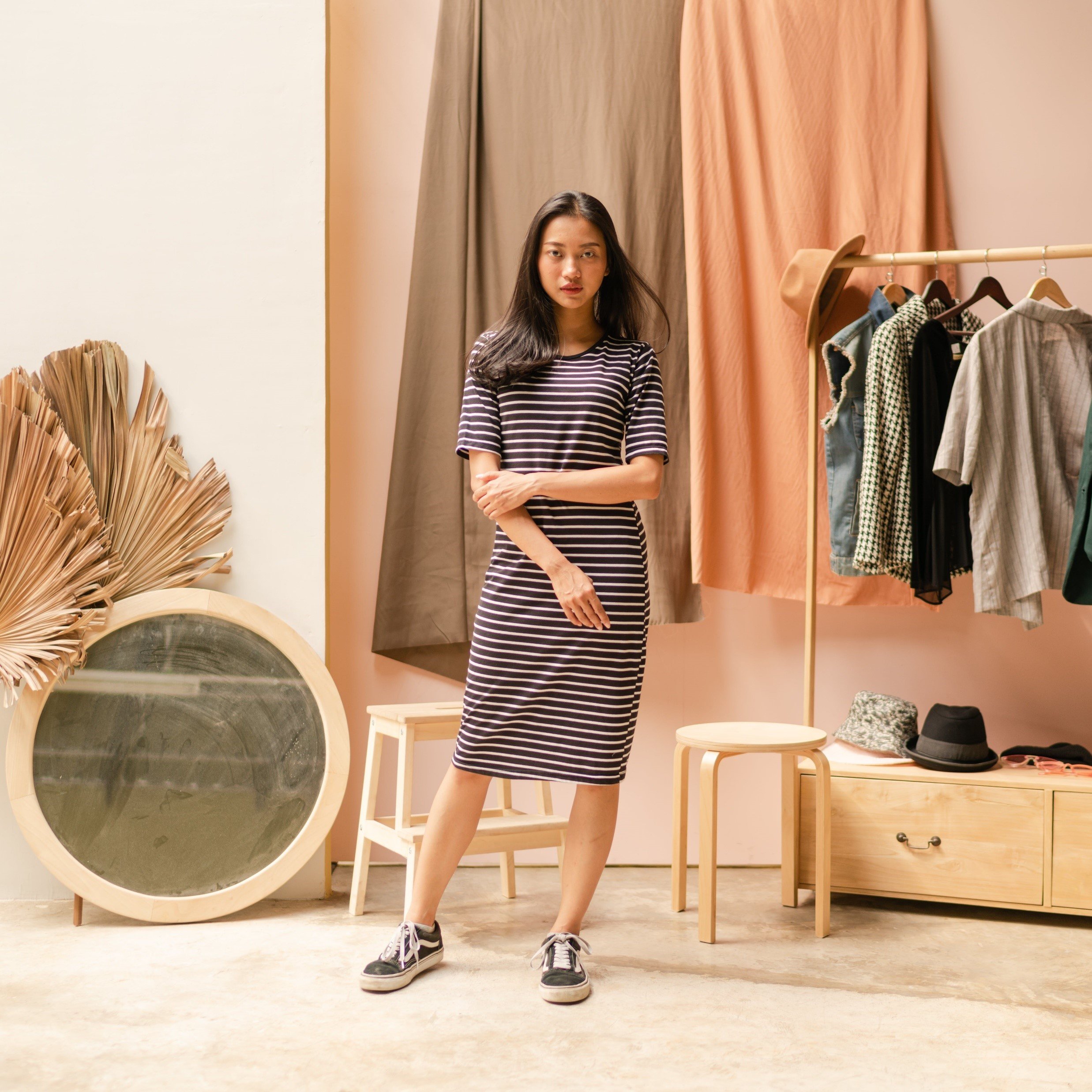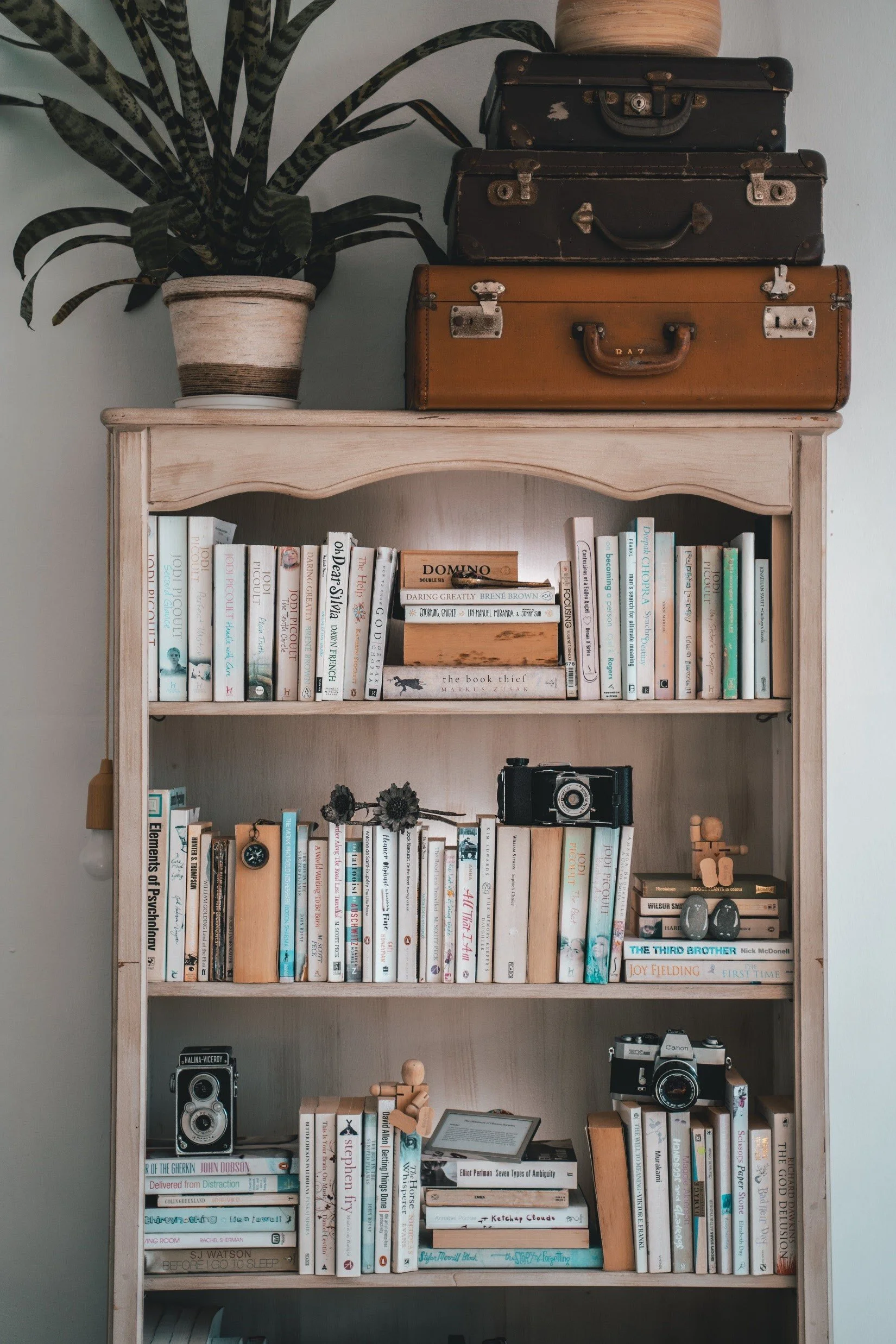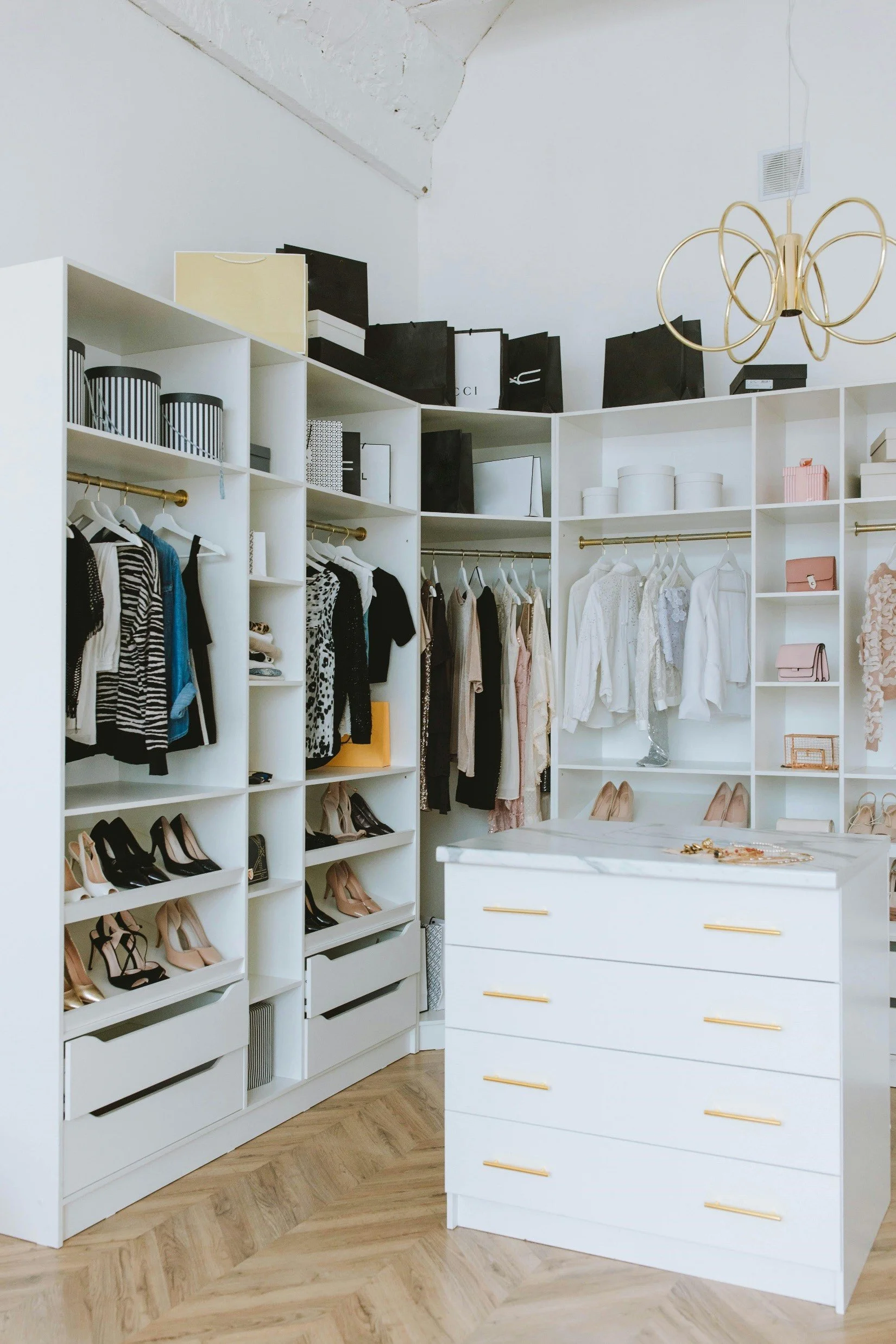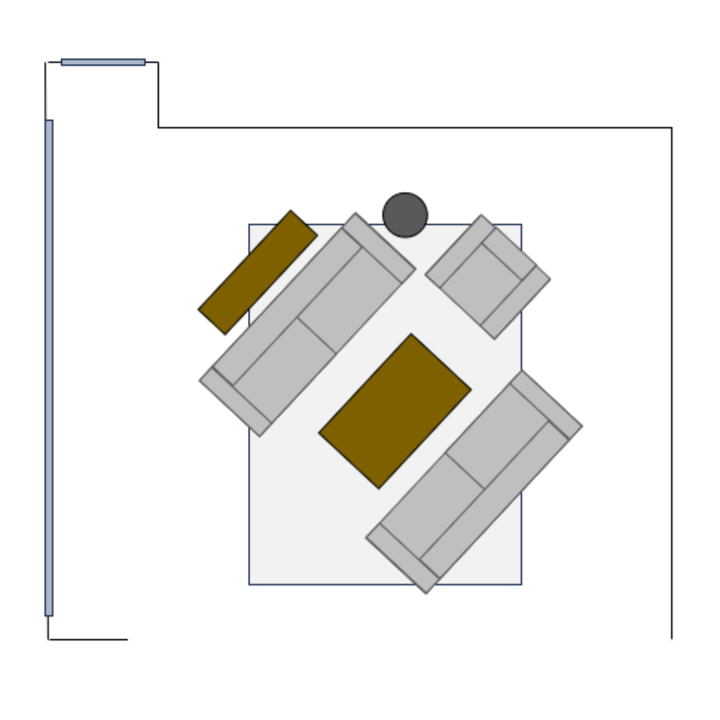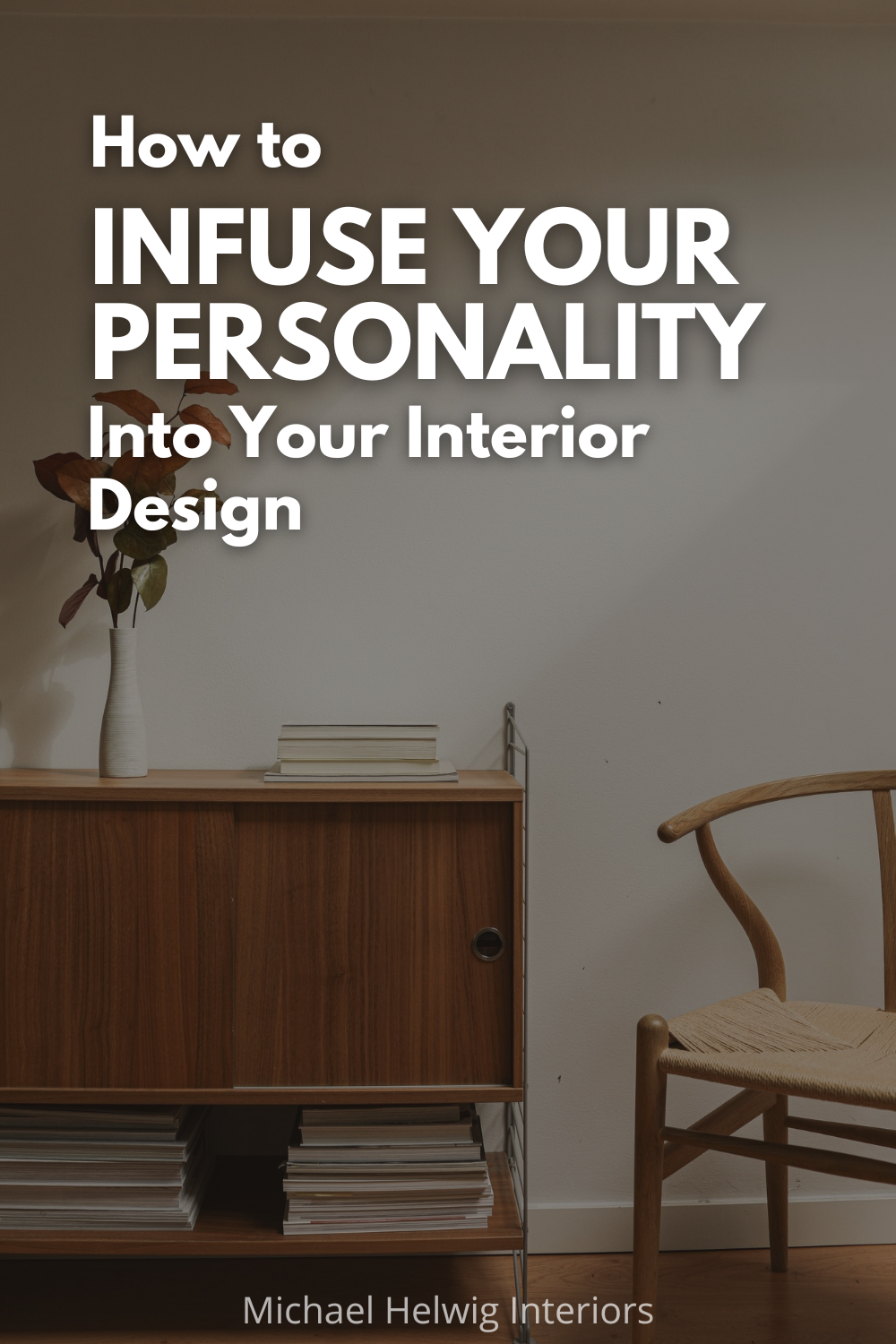Guest Blog Post by Collin Wheeler
Interior design transcends mere aesthetics, serving as a canvas for personal expression and lifestyle. The design of your space should harmonize with your preferences and life experiences to create an environment that looks appealing and intimately resonates with your surroundings.
This guide provides comprehensive steps to help you infuse your unique personality in your home's interior design.
Understanding Your Style
Identify Your Preferences
The journey to personalizing your interior design begins with a keen observation of your existing preferences.
Reflect on the patterns in your wardrobe, the art pieces that captivate you, and the environments where you feel most at ease.
Nugroho Wahyu
Consider whether you’re naturally inclined towards a modern and minimalist aesthetic- where you appreciate the timeless allure of classic elegance. Or if you’re captivated by the raw beauty of rustic or eclectic styles.
This introspection is crucial, forming the foundation for translating your unique personality into your living space.
It's about recognizing and embracing the styles that resonate with your identity and lifestyle.
Create a Vision Board
Once you understand your stylistic preferences, the next step is to compile these concepts into a tangible format.
Creating a vision board is an effective way to bring your interior design aspirations to life.
Begin by collecting images, samples, and inspirations that speak to you. This could range from fabric swatches capturing the textures and colors you love, to photographs of furniture styles that reflect your taste and even layouts of rooms that align with your envisioned space.
AROMATEEC
A vision board is not only a tool for inspiration but also serves as a guide to maintain coherence and consistency throughout the design process. This ensures that each choice and addition align seamlessly with your overall vision.
Incorporating Personal Elements
Personal Artifacts and Memorabilia
Infusing your space with items of personal significance is a powerful way to imprint your identity onto your home's design.
Incorporating family heirlooms, cherished travel souvenirs, or artwork that resonates with you does more than decorate the space; it weaves your narrative into the very fabric of your home.
For an even more personalized space, print your favorite photos or custom art on high quality, professional paper. This will ensure that your special memories are preserved for years. I like Red River Paper because they offer a wide range of papers to choose from, making it easy to find the perfect match for your favorite pieces.
Cup of Couple
These items, each with their own story and sentimental value, are tangible reminders of cherished memories and experiences. They foster a deep connection between you and your living space, transforming it into a personal sanctuary reflecting your journey and memorable moments.
Customized Furniture and Decor
To further personalize your space, selecting or creating customized furniture and decor is key.
This could involve commissioning a bespoke bookshelf tailored to fit a specific corner of your room or a hand-painted mural that captures a scene or motif dear to you.
Taryn Elliott
Custom pieces serve as significant focal points in your home, not just for their aesthetic appeal but for their unique representation of your style and creativity.
By choosing custom furnishings and decor, you ensure that your space is adorned with items that are not just functional or visually pleasing but also deeply symbolic to your individuality and artistic expression.
Practical Considerations
Functionality and Comfort
When personalizing your interior design, it's essential to ensure that the space is aesthetically pleasing but also functional and comfortable.
You may want to partner with a skilled custom home builder can help bring your distinctive style preferences to life.
Your living space should cater to your lifestyle and daily activities.
Max Rahubovskiy
An open-plan layout with ample seating might be ideal if you often host gatherings.
In bedrooms and workspaces, ergonomics plays a crucial role. Choose furniture and materials that strike a balance between style and comfort.
Think of plush seating, ergonomic desk chairs, and soft, inviting textiles.
This attention to functionality and comfort ensures that your home is not just a showpiece but a livable, welcoming space that meets your daily needs.
Junk Removal
A crucial, often overlooked aspect of redesigning is decluttering.
As you infuse new life into your space, removing items that no longer serve a purpose or fit your unique aesthetic becomes necessary.
Utilizing services specializing in residential junk removal can be an efficient way to handle this.
These services help clear the clutter, dispose of unwanted items responsibly, and make room for new design elements.
This process is not just about physical space; it's about creating a mentally refreshing and organized environment.
Ketut Subiyanto
By decluttering, you pave the way for a cleaner, more harmonious space that embodies your redesigned vision.
Color and Texture
Color Psychology
The role of color in interior design extends far beyond mere aesthetics; it's a crucial element in setting the mood and ambiance of a space.
Gustavo Galeano Maz
The colors you choose should reflect your personality and the atmosphere you wish to create.
Go for vibrant, energetic colors to infuse a sense of vitality and liveliness into your environment.
Soft pastels can create a calming and tranquil atmosphere, ideal for relaxing spaces.
For those seeking a more refined and sophisticated ambiance, neutral tones offer a subtle yet elegant backdrop.
Understanding and applying color psychology allows you to tailor your space to your visual preferences and the emotional tone you wish to set.
Mixing Textures
Consider the strategic use of textures to add another layer of depth and interest to your space.
This can be achieved through diverse furnishings, fabrics, and decorative pieces.
The interplay of different textures - be it the roughness of natural wood, the softness of plush materials, or the sleekness of metal accents - adds a tactile dimension to the space. One increasingly popular option for adding texture is using 3D wall panels. These decorative wall solutions with 3D textures can create a dynamic and visually engaging space, making a bold statement that reflects your style.
This variety enhances the aesthetic appeal and contributes to a richer sensory experience, making the environment more dynamic and engaging.
Kenny Eliason
Carefully curated textures can complement and contrast with each other, creating a harmonious and visually stimulating space.
Lighting
Layered Lighting
The strategic use of lighting can profoundly transform a space.
Houzlook .com
Incorporating a blend of ambient, task, and accent lighting enhances the room's functionality and elevates its aesthetic appeal.
Ambient lighting provides overall illumination.
Task lighting focuses on specific areas for activities like reading or cooking.
Accent lighting highlights architectural features or artworks.
This layered approach allows versatility in creating different moods and atmospheres within the same space.
Personalized Lighting Fixtures
Lighting fixtures are more than just functional; they are statement pieces that can reflect your personal style.
ZUMRAD NORMATOVA
Whether you prefer the sleek, contemporary feel of modern LED lights or the classic elegance of vintage chandeliers, choosing lighting fixtures that resonate with your aesthetic preferences can significantly impact your design.
Regarding accent lighting, don’t sleep on fun and funky ways to light up small walls or awkward corners. Neon signs, that can be customized to nearly anything you’d like, are a super unique way to bring personality and uniqueness to your home.
The lighting you choose can serve as the focal points that tie together various elements of your interior design, reinforcing the unique character of your space.
Innovative Use of Space
Optimize Space
Regardless of the size of your home, effective space utilization is critical.
Anastasia Shuraeva
Innovative storage solutions and multi-functional furniture can maximize space while maintaining aesthetic appeal.
Unique Layouts
Don't be afraid to experiment with unconventional layouts.
This could mean creating a reading nook in an unused corner or an art studio in the attic.
cottonbro studio
Conclusion
Infusing your personality into interior design is about creating a space that looks good and feels like a valid extension of yourself.
By understanding your style, incorporating personal elements, considering practicality, playing with colors and textures, focusing on lighting, and innovatively using space, you can transform your home into a private sanctuary that reflects your unique character and lifestyle.
In that way, balancing personal expression with functionality and comfort is vital to successful interior design.
Read Next
Breaking Small, Tricky, Or Awkward Room Decorating Rules
Let’s break some rules of interior design! Discover ingenious ideas for small and tricky spaces, from angled furniture to dark walls. Unconventional yet successful, these tips will inspire you to rethink your space. Are you ready to challenge the norms and create stunning, functional rooms?
Join the Fun!
If you enjoyed this post and you want to keep seeing my weekly blog, the best way to do that is to subscribe.
You can subscribe by downloading my 11 Secrets Only Designers Know to Make Your Space Rock. If you’re curious about how decorators and designers make a home look magazine ready, you’ll love taking a gander at these 11 secrets. You’ll learn how to style your room from the floor up and it will work for ANY space you have.
I write about small space design and decorating, sustainable furniture options, positive self care and a variety of do-it-yourself home décor.
I’d love to connect with you!
“Michael Helwig was top-notch, very professional and responsive to my needs. He allowed me time to explore ideas and try out a variety of combinations until we found the perfect fit. Michael provided detailed information and offered beautiful ideas to make my dream living room become a reality. The furniture he sourced has totally transformed my living room space. Everyone that has seen my new living room has one word, WOW! A special thank you to Michael for a wonderful experience.”
“Michael was very knowledgeable and guided us, with great patience and good humor, through the process of designing our dining room and helping us find the perfect sleeper sofa. He offered really helpful advice when we asked questions - which was often - but at no time did we ever feel pushed. He helped me when I felt like I couldn’t make one more decision. When my new furniture finally arrived I realized everything down to the pillows was perfect. I couldn’t be happier!”
Cup of Couple
The opinions and views expressed in any guest blog post do not necessarily reflect those of Michael Helwig Interiors or its Principal, Michael Helwig. Michael Helwig Interiors, and Michael Helwig, do not have any affiliations with any products or services mentioned in the article or linked to therein. Guest Authors may have affiliations to products mentioned or linked to in their articles or bios.
Collin Wheeler, the dynamic founder of 123JUNK, embarked on his entrepreneurial journey in 2008 after a revealing stint as a move consultant. At just 23 years old, the fresh college graduate keenly observed a niche market in the moving industry: the need for efficient disposal of unwanted items. This insight led him to invest $4,000 in an old landscape truck, marking the inception of 123JUNK. Under his visionary leadership, the company has flourished, expanding to a robust team of over 30 employees and a fleet of 16 trucks. Collin's innovative approach and commitment to meeting a previously unaddressed need have been pivotal in 123JUNK's success story.


